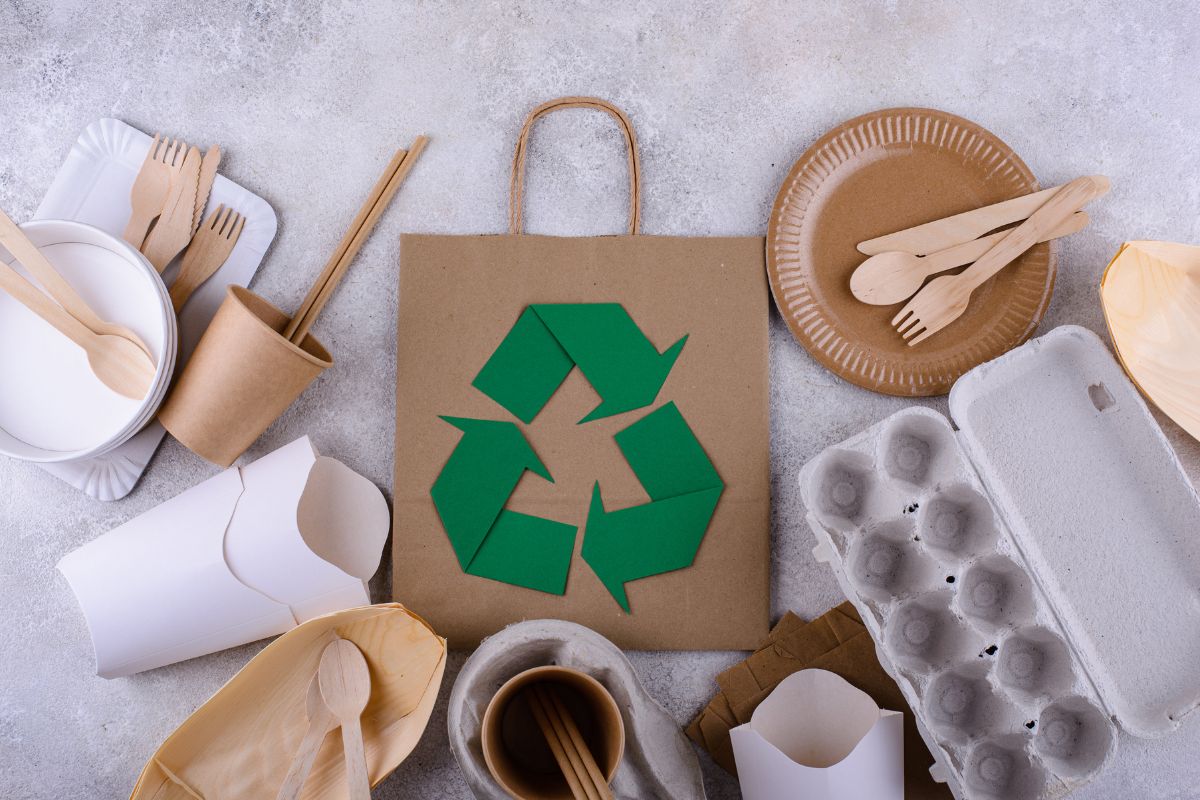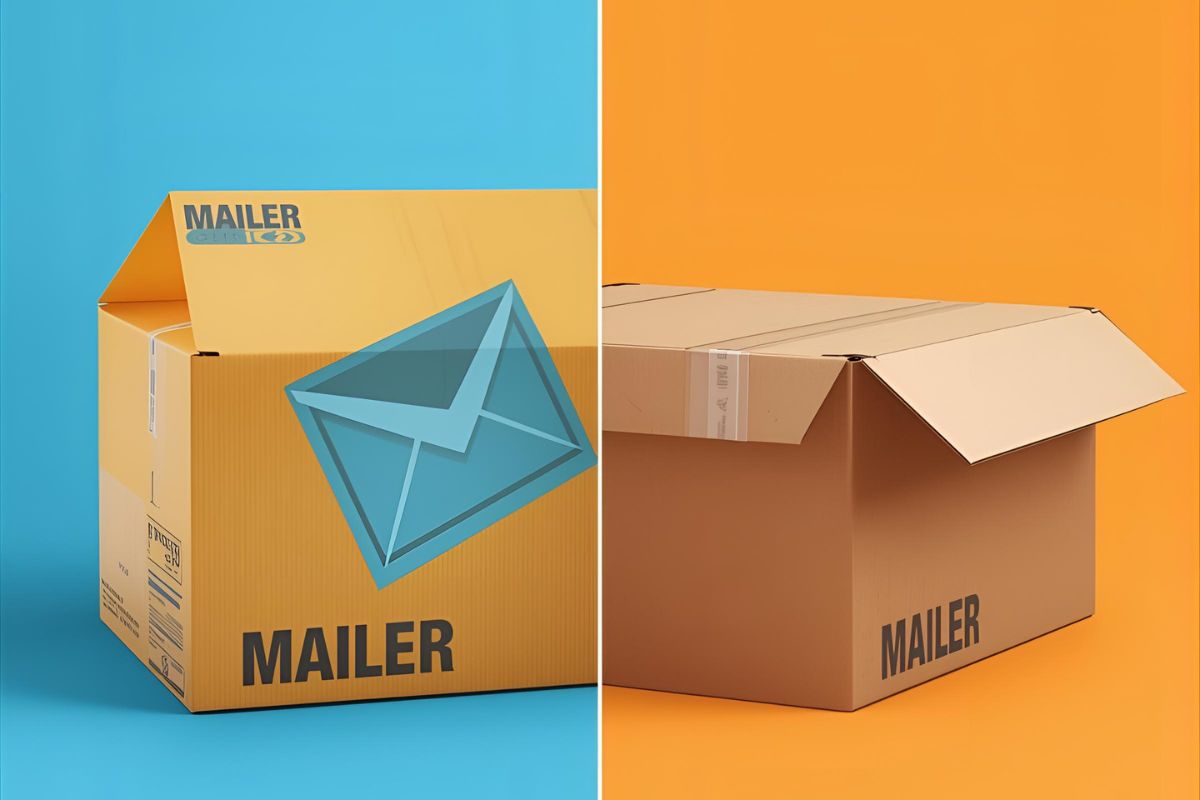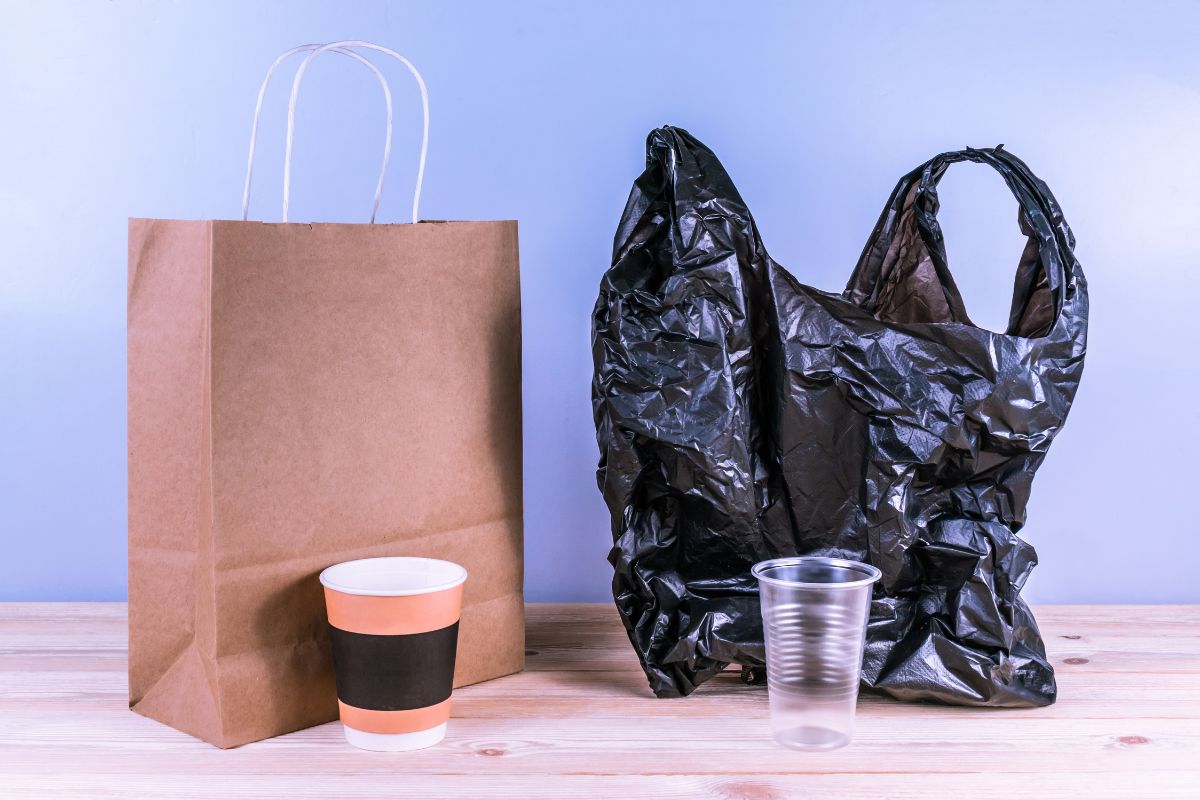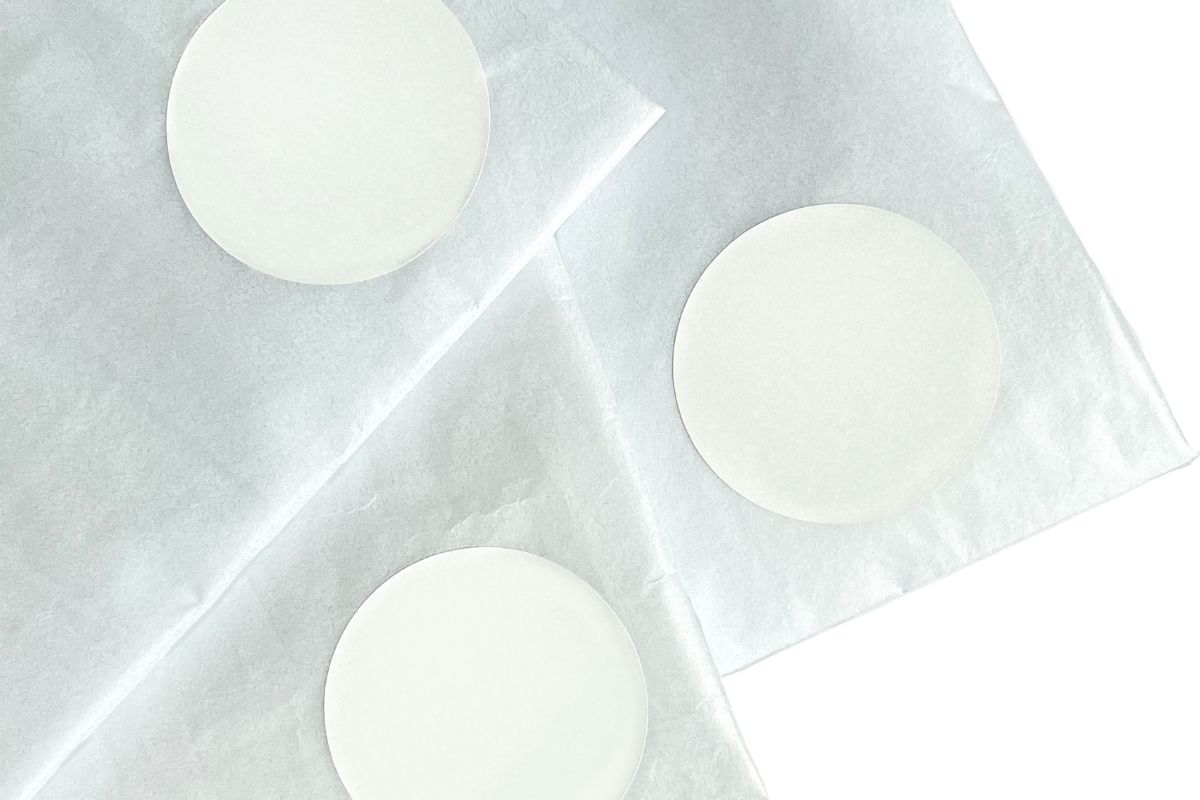You’ve probably seen packing labels with the words “recycled” or “recyclable” and wondered if they meant the same thing. They don’t, and understanding the distinction is more significant than it appears.
“Recycled” lets you know where the material comes from — it’s created from waste that’s already been used and given a second chance. “Recyclable” lets you know what’s possible after you’re finished with it — the material can return to the recycling stream, but only if there are the proper systems in place to handle it.
To brands and consumers, knowing this distinction transforms how you design, shop, and make environmentally responsible decisions. In this blog, we’ll break it down into simple terms, providing clear definitions, explaining why it’s important, outlining the trade-offs, and offering guidance on how to make smarter buying and packaging choices.
What Does It Mean to Recycle?
Recycling is collecting discarded materials, processing them, and converting them into new products rather than disposing of them in a landfill. Recycling reduces resource extraction, conserves energy, and can decrease greenhouse gas emissions relative to producing products from virgin raw materials. Simply put, recycling extends the life of materials and slows the waste stream.
So What Does “Recyclable” Mean?
Recyclable refers to potential – a package or product is recyclable if it can be collected, sorted, and remanufactured into something new by current recycling infrastructure. There’s just one problem — technically recyclable ≠ actually recycled. Whether or not something is recyclable has a lot to do with local collection infrastructures, levels of contamination, and demand for the recycled commodity. That’s why standardized labels like How2Recycle exist — they tell consumers if an item is widely recyclable, store drop-off only, or not yet recyclable in practice. Clear labeling helps reduce confusion and contamination.
And What Does Recycled Mean?
When a product carries the statement “made with recycled content”, that indicates the source: some or all of its content is from material that’s been used before. Recycled content can be pre-consumer (factory waste) or post-consumer (material used by consumers, then gathered and processed). Post-consumer content is particularly effective because purchasing it generates market demand for the materials that are recovered through household recycling programs — that demand makes the recycling system financially possible.
Why Are Both Terms Getting Mixed Up
Shoppers and brands tend to get the two confused since both words occupy the same sustainability sphere. The marketing practice contributes to the confusion: “recyclable” makes nice copy, so it gets applied to packaging even if the material hardly ever sees its way back into new products in the region. That disconnect is dangerous; it creates false comfort and causes contamination (individuals throw stuff into containers that local plants can’t handle), which indeed decreases overall recycling efficiency. The bottom line: you want packaging that is both constructed out of recycled content and easily recyclable where your customers reside.
Why Does the Matter Need to be Recycled?
Recycling closes loops on resources, decreases emissions, and curbs landfill volume. By selecting recycled content, brands displace the use of virgin materials (such as new wood or fossil-fuel-based plastics) and lower production emissions. When packaging is designed to be recyclable, in reality, it can return to the material stream and become the input for the next product. Combined, these steps move the economy away from “take–make–dispose” and toward circularity — a much more sustainable system for the planet and brand resilience.
The Practical Gap: “Can be Recycled” vs “Will be Recycled”
Here’s the problem in the real world: most communities are still not equipped to recycle everything. Where no curbside collection or drop-off facility is provided, the technically recyclable material goes to a landfill. In the United States, recycling rates have risen over several decades, but there is still a long way to go: nationwide recycling rates are nowhere near their policy target, and participation is highly variable by region and type of housing. That translates into decisions as a brand regarding materials and labeling that determine whether your package winds up recycled or scrapped.
How Brands Should Think About Both Terms
- Design for recyclability first. Specify mono-materials, steer clear of incompatibly coated or laminated stocks, and choose adhesives and inks that don’t contaminate the recycling stream.
- Specify recycled content (preferably post-consumer). Even a 20–30% post-consumer blend can reinforce markets for reclaimed material.
- Label clearly. Employ trusted systems such as How2Recycle so consumers understand if to put the product curbside, drop it off, or not recycle it at all. Clear labeling decreases contamination.
- Match claims to reality. Avoid labeling packaging as recyclable if only an infinitesimal percentage of your consumers have the required collection system. Honest claims build trust.
- Test & pilot. Conduct real-world testing on your most frequent markets to validate end-of-life results — suppliers, MRF operators, and reclaimers can assist with verification.
Quick Checklist For Procurement Specs
- State % recycled content (post-consumer vs pre-consumer).
- Require mono-material construction where possible.
- Ask for How2Recycle or equivalent labeling support.
- Include collection/reclamation plans for complex components.
- Request chain-of-custody or certification where relevant (RCS, FSC for paper).
Partner with Elements Branding Solutions for Smarter Packaging
What separates recycled and recyclable packaging is a blueprint for creating truly sustainable products. Recycled content gives waste a second chance, and recyclable design makes sure that packaging can live again once it’s used up. Combined, they close the loop and drive a genuine circular economy.
At Elements Branding Solutions, we assist brands to make packaging decisions that are functional, sustainable, and inexpensive — without compromising on quality or delivery time. From labels and trims to polybags and add-ons, our experts ensure your packaging is both performance and sustainability-driven.
Ready to take your brand’s packaging to the next level? Reach out to Elements Branding Solutions today for quotes, samples, or product advice. With international offices in Asia and North America, we’re prepared to collaborate with you wherever you are and assist you in creating packaging that shines — and holds up to the planet.
FAQs
1. What does it mean to recycle?
Recycling is collecting used materials, reprocessing them, and converting them into new products rather than waste, saving resources and emissions.
2. What does recyclable mean?
Recyclable refers to a material that can be gathered and re-created into new items under current systems, but it is not a promise that it will be recycled in your community program. Look for local guidance or a How2Recycle label.
3. What’s the difference between recycled and recyclable?
“Recycled” indicates where it is from (it has recycled content). “Recyclable” indicates where it can go once used (whether it can be recycled). Both are important for circularity.
4. Why does the matter need to be recycled?
Reducing landfill waste, reducing the greenhouse gas emissions of manufacturing new material, and enabling a market for recovered resources are all beneficial to the climate and resource security.
5. How can brands make packaging truly recyclable?
Design for mono-materials, eliminate mixed laminates, use recyclable inks/adhesives, mark clearly (How2Recycle), and put the highest value on certified recycled content. Pilot in your major markets to ensure real-world results.




